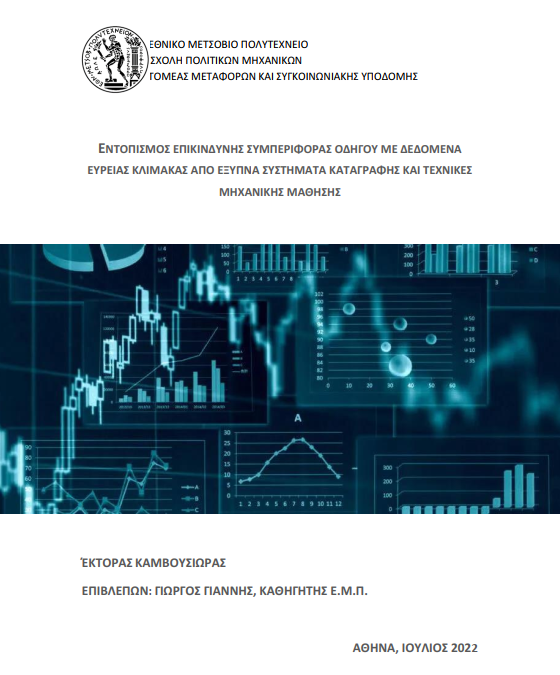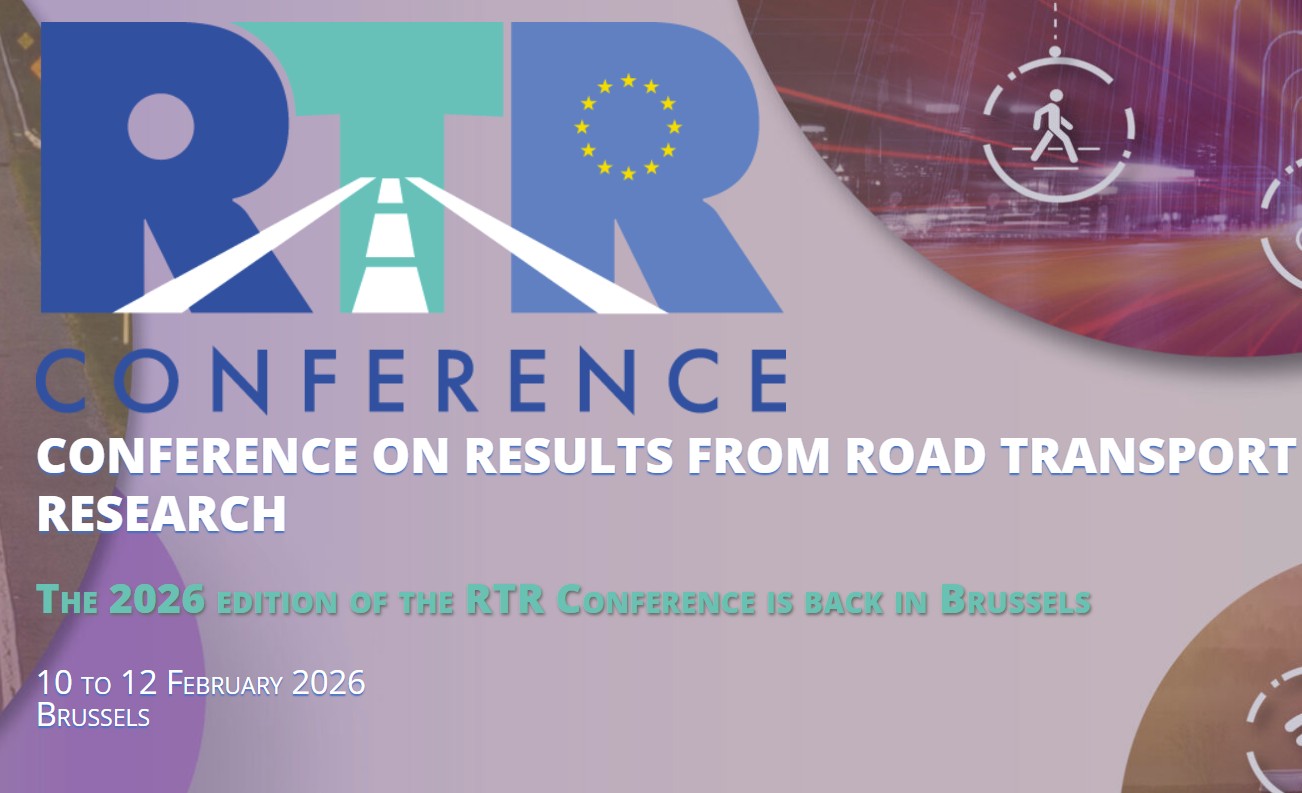
A NTUA Diploma Thesis titled “Detection of dangerous driver behavior with widescale data from smart recording systems and machine learning techniques” was recently presented by Hector Kamvoussioras. For the purpose of this Diploma Thesis, data were collected through a simulator experiment in order to classify and predict driving behaviour. Ridge classifier, Support Vector Machine, Random Forest and XGBoost models were developed. It was revealed that Random Forests and XGBoost models showed the most reliable results in the prediction ability, with 95% accuracy of the three driver categories (i.e. normal, dangerous, avoidable accident). Speed, headway and hands on the wheel found to be the most important variables to predict crash risk. ![]()
![]()










































































































































































